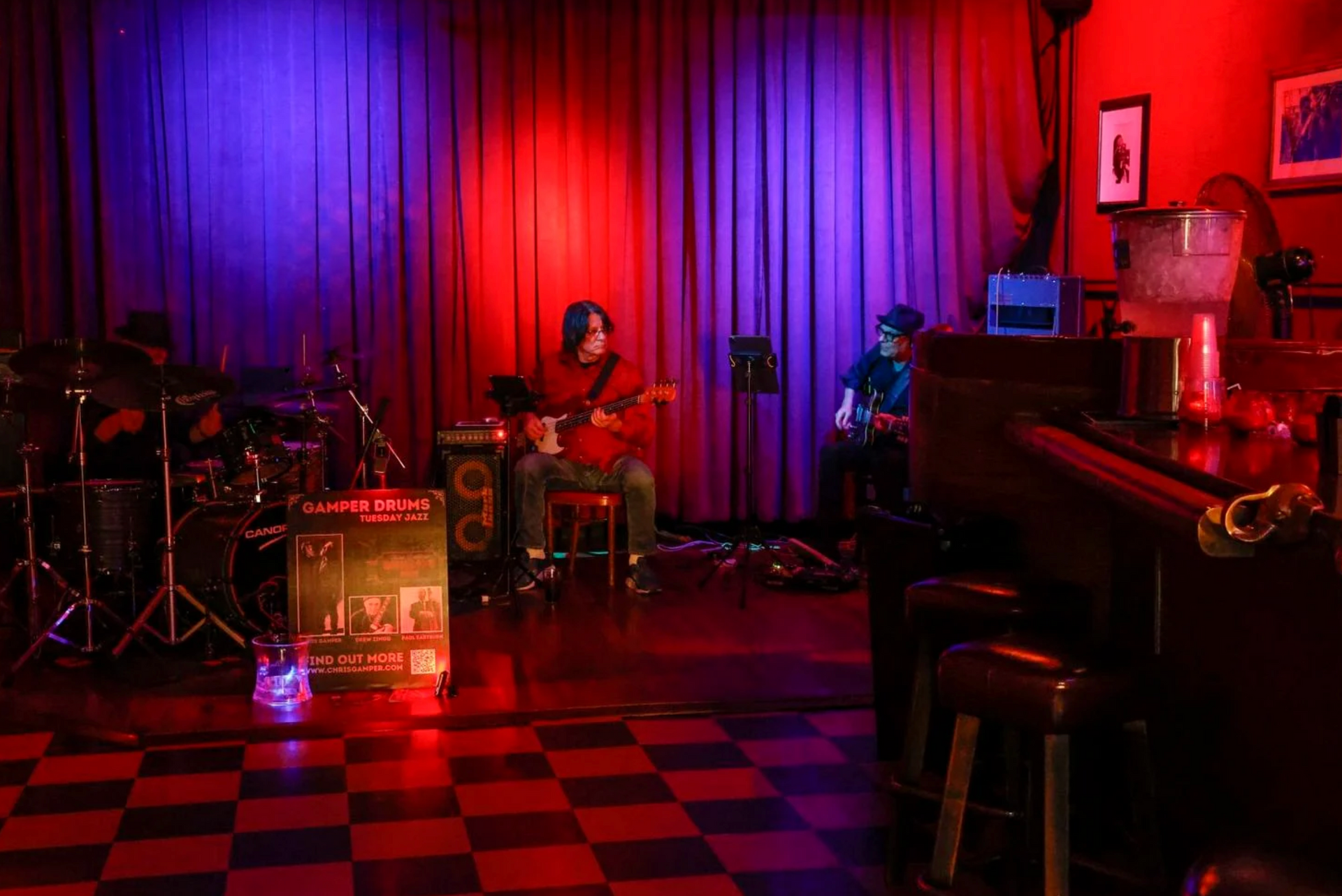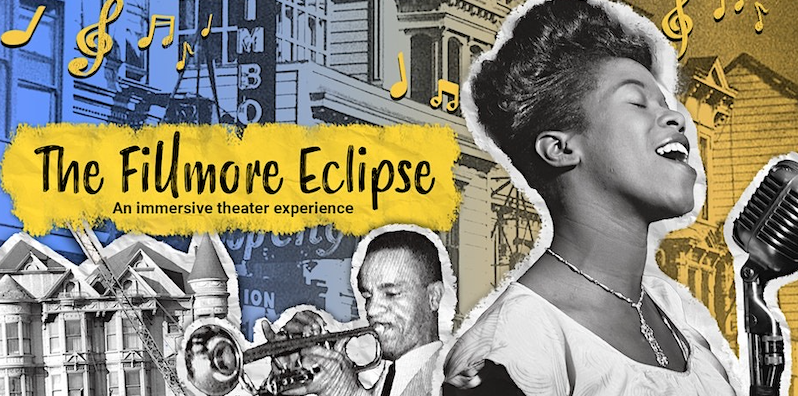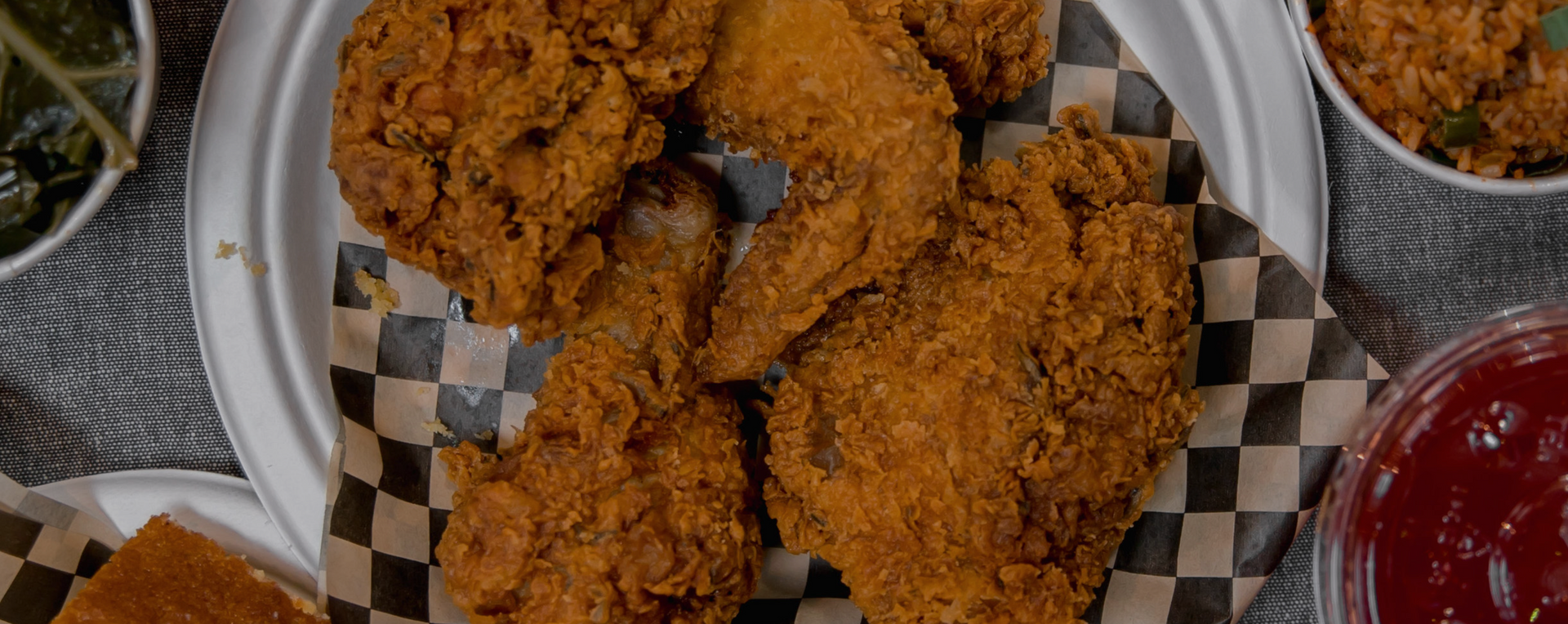A lifelong Fillmore resident has spent the better part of a year organizing walking tours to highlight the neighborhood’s history as the center of Black life in San Francisco.
Ericka Scott, who operates the art gallery and event space Honey Art Studio just off Fillmore Street, couldn’t walk more than a few blocks without passersby stopping to say hello, shake her hand and ask how her family was doing as she guided The Examiner through the neighborhood earlier this year. Scott pointed out the ice-cream shop where she got her first job, and the cafe where her family and their friends would gather to catch up.
“So much comes with having a community that supports each other,” said Scott. “We really lost that, and we’ve been consistently trying to get it back.”
Scott said this month that she submitted her proposal under the San Francisco Dream Keeper Initiative, which seeks to invest in The City’s Black communities. She said the tours aim to provide historical context about the neighborhood that she currently finds sorely lacking.
“This is a very significant part of our history, part of our culture,” Scott said. “When we talk about our tours and our history, our art, a lot of our younger generations don’t have a clue.”
Countless Black residents and businesses left the Fillmore — once known as the “Harlem of the West” for its thriving cultural scene — following San Francisco’s urban-renewal efforts, which included the widening of Geary Street into an eight-lane expressway with an underpass below Fillmore Street.
Geary’s transformation, in particular, served as a point of upheaval for the neighborhood’s thriving Black community, forcing many families and storefronts elsewhere while cutting off those that remained from nearby neighborhoods. Federal transportation officials approved a $2 million Reconnecting Communities grant in March to fund an analysis of how to best reconnect the Fillmore with Japantown and the Western Addition.
“We really created a thriving community that was becoming known around the world as a cultural haven for blues, jazz, food, and just the richness of diversity,” said Majeid Crawford, a Fillmore activist and the executive director at New Community Leadership Foundation, which recently signed onto to support the grant project to begin the steps of reconnecting the Fillmore neighborhood.
Scott said she wants her tour to highlight those institutions, one of which is Marcus Books. A Black-owned bookstore founded in the Fillmore in 1960, Scott said urban renewal forced the shop to relocate several times. It ultimately found a home of more than 30 years at 1712 Fillmore St., the Victorian building that once housed the jazz club known as Jimbo’s Bop City.
Bop City closed in 1965, right around when Geary Street was widened, but the building remained intact. The club served as the inspiration for “The Fillmore Eclipse,” an immersive theater performance held at Honey Art Studio earlier this year.
“It was a great club that was thriving,” Crawford said of Jimbo’s Bop City. “We had people from all over, all the greats, like Billie Holiday, all the greats. They’d perform somewhere else downtown, and then that night, they’d all come play here.”
All that remains of the club is a metal marker on the sidewalk along Fillmore close to its original Post Street location, commemorating its name.
Marcus Books didn’t make it in the long run either, closing its San Francisco location in 2014. Marcus Books still operates in Oakland at 3900 Martin Luther King Jr. Way.
“Through financing and gentrification, it was one of the first businesses that we lost and it was a huge loss,” Scott said of the Fillmore location.
Crawford called the bookstore “probably the most important establishment in the neighborhood.” He said its service to the community went far beyond its extensive selection of Black literature.
“It was just like a watering hole,” he said. “People came and talked. It was a gathering place.”
Down another block, Scott pointed out the Boom Boom Room at 1601 Fillmore St., one of the last old-school clubs in a neighborhood that was once inundated with live music.
You can still hear music outside the front door on many nights, as was the case during The Examiner’s walk through the neighborhood. The sounds in the small space are bright and enthusiastic amid the dark lighting, with Chris Gamper and his jazz band rocking out, even with only a few customers in the room.
“We are surviving. We are behind on a lot of bills,” said Scott Karczewski, the bar manager at the Boom Boom Room. “We’re doing our best. We’re a very tight family.”
Scott said the Boom Boom Room’s vibe and music make it one of the closest things the Fillmore still has to the clubs that were once so ubiquitous, making it a no-doubt stop on the eventual tour.
Some destinations will have deeply personal connections to Scott, which she said she hopes to to sprinkle in for tourists and visitors.
Miyako Old Fashioned Ice Cream Shop at 1470 Fillmore St. is one such stop. Scott said she worked there as a preteen after begging the shop’s owner, Tom Bennett, to let her work there along with her older cousins and sisters.
“Every time I come now, he won’t let me pay for anything,” she said of Bennett, who still sells ice cream. His shop might be one of the last places in The City where customers can buy a sandwich for $4.
“Anything she does is great,” Bennett said of Scott. who first opened Miyako in the 1980s. He said that working behind the counter of his closet-sized shop was his favorite part of the Fillmore.
Bennett’s business has managed to stay afloat due to community support. After his shop was broken into during the first few months of the COVID-19 pandemic, a GoFundMe raised more than $10,000 overnight to help with repairs.
Scott said she wants her tour to convey this sort of camaraderie and togetherness, as well as the sadder parts of the neighborhood’s history. She said she intends to recruit others with different backgrounds — including Crawford — to conduct tours as well, injecting a little personal flavor into each one.
Ultimately, Scott said, the tour is meant for those who don’t know the Fillmore’s history, and the tour guides will be people who want to share their connection to it.
“I’m always wanting people to understand the contributions that we make to their city, and to our community, and pointing those kinds of things out,” Scott said.






